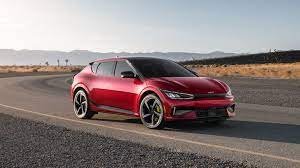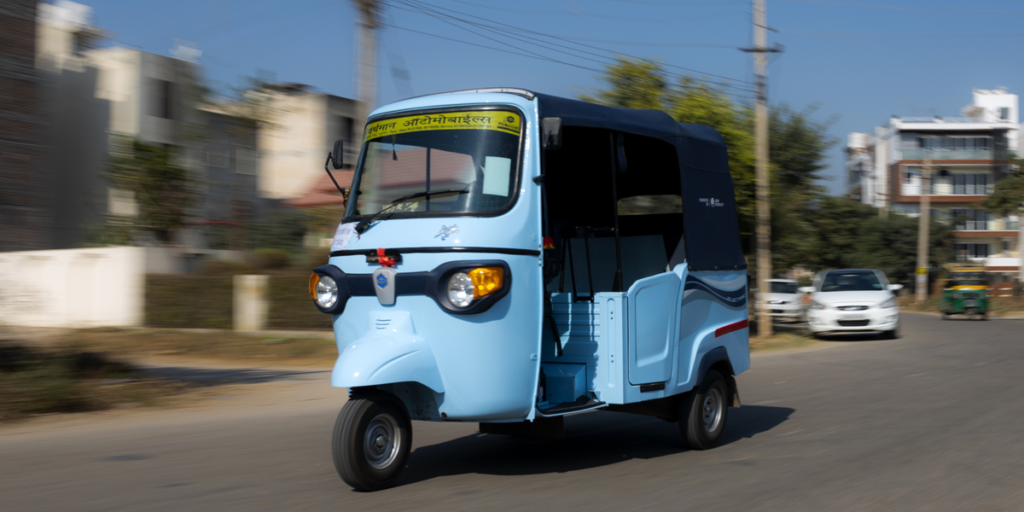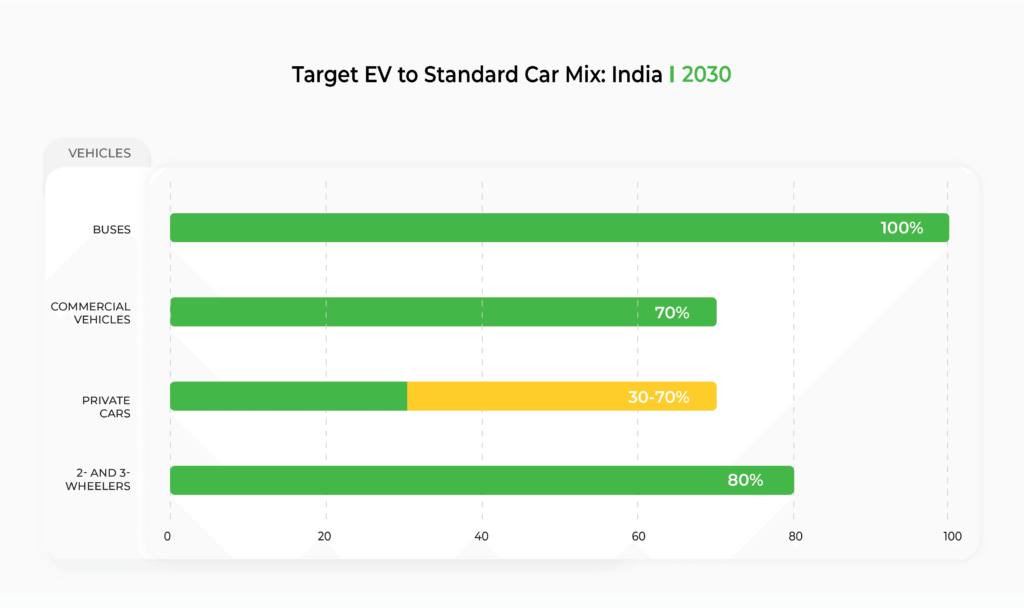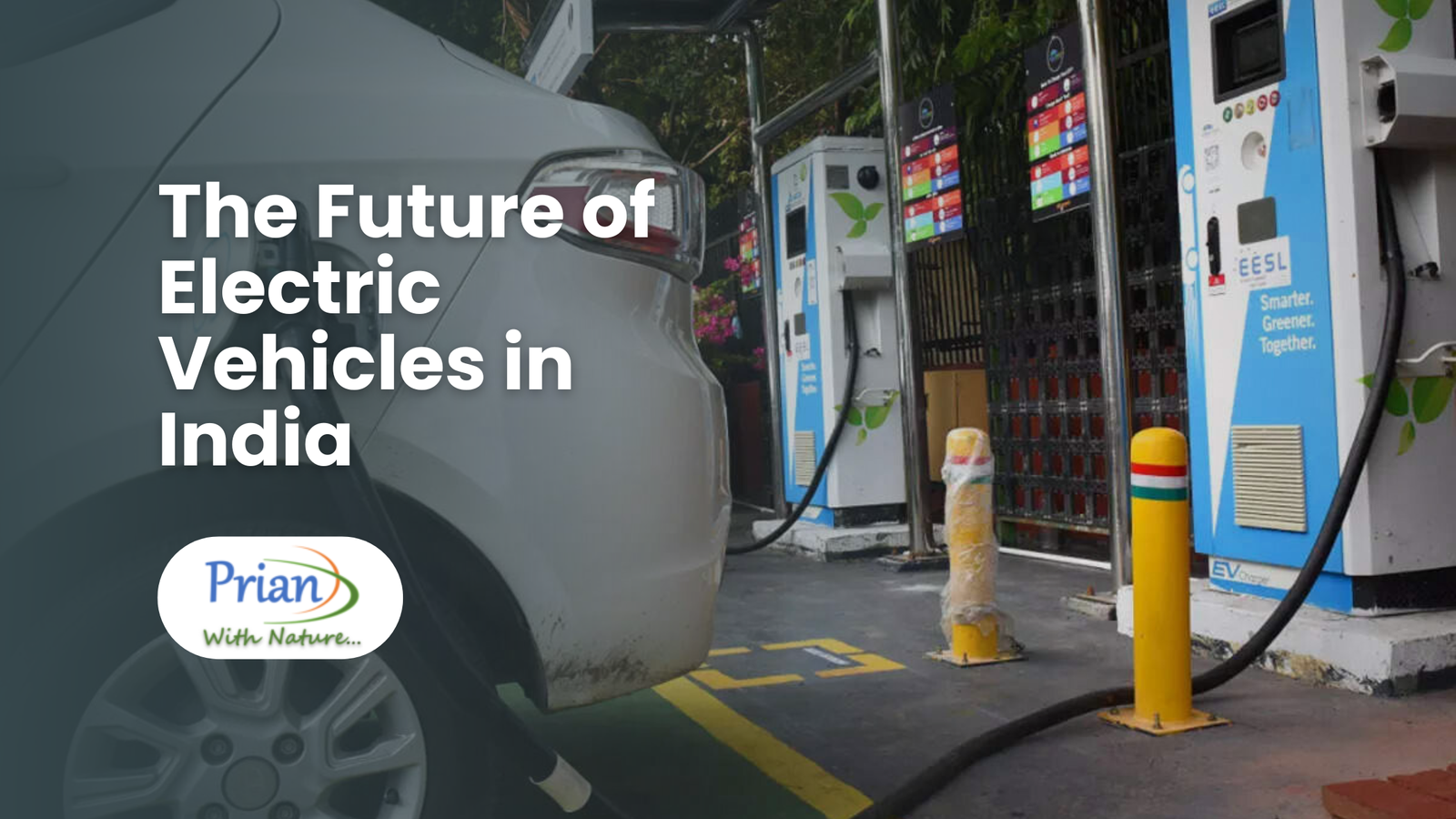The future of electric vehicles in India is something we’re all starting to pay a little more attention to. And for good reason.
The world shifts towards cleaner, more sustainable ways of living. While India is at a crucial juncture in redefining how we move from place to place.
The buzz around EVs isn’t just about being trendy.
It’s about necessity.
With rapid urbanization, rising fuel costs, and a growing environmental consciousness, the conversation around electric vehicles is gaining momentum.
And while it’s exciting to think about zipping around in a sleek, silent EV, there’s a lot more to this story.
This article explores everything from the technology driving these innovations to the infrastructure needed to support them. And how India’s journey towards widespread EV adoption is filled with both opportunities and challenges.
Where India Stands Currently In Electric Vehicle Usage & Infrastructure
India’s electric vehicle (EV) market is on a fast track to transformation.
The future of electric vehicles in India is driven by a blend of government support, tech innovations, and growing consumer interest.
As of 2024, the sector is expanding at an impressive rate, bolstered by policies like the FAME schemes and the Electric Vehicle Policy 2024. These initiatives are all part of India’s larger vision to electrify 30% of its vehicles by 2030.
This rapid growth is clear, with over 1.5 million EVs registered by 2023, marking a massive rise in sales.
Homegrown automakers such as Tata Motors and Mahindra & Mahindra are at the forefront, while global brands are increasingly drawn to the Indian market.

Meanwhile, the charging infrastructure is evolving, thanks to substantial government and private investments, and EV startups like Prian Energy.
With Prian’s safe-to-use and affordable home EV charging stations, many electric vehicle owners benefit, especially for home charging overnight.
Yet, hurdles remain—affordable EV options, better infrastructure, and addressing concerns about range and battery life are key.
Still, with continuous support and innovation, India’s EV market is on the brink of a major shift.
But what’s the ground reality of EV usage in India?
The current landscape of electric vehicle (EV) usage in India is a mix of promising growth and significant challenges.
On one hand, the country has seen a rapid increase in EV adoption. This is driven by rising environmental awareness, escalating fuel costs, and strong government incentives.
However, despite these advancements, several ground realities continue to hinder widespread EV adoption.
The lack of sufficient and reliable charging infrastructure remains a major concern. Many potential EV owners are also experiencing “range anxiety” due to the inconsistent availability of charging stations.
The affordability of EVs continues to be a barrier for many consumers, despite their long-term cost benefits. Battery life, safety concerns, and the initial purchase price are additional factors that make consumers hesitant.
In rural and semi-urban areas, the adoption rate is even slower due to exceedingly high costs in purchasing an EV.
This takes us to a surprising next topic; the heavy implementation of electric auto rickshaws or tuk-tuks in rural India.
How the future of electric vehicles might be brighter in rural India

The common people of rural India use EVs more frequently than majority of the urban crowd. This is because of the availability of electric auto-rickshaws as public transport. This is widely used in many parts of India.
India has now surged past China to become the world’s largest market for electric three-wheelers, achieving sales of over 580,000 units in 2023, as highlighted in the International Energy Agency’s Global Electric Vehicle Outlook 2024.
The rapid adoption of electric auto rickshaws, often referred to as e-rickshaws, has been driven by a combination of factors.
These vehicles offer a cost-effective alternative to traditional petrol and diesel-powered rickshaws, with lower operating costs and reduced emissions. This makes them an attractive option for drivers and passengers alike.
Government incentives, including subsidies and favorable loan schemes, have further accelerated this transition.
However, challenges such as the need for more widespread charging infrastructure and the durability of these vehicles remain.
Despite these hurdles, the future of electric auto rickshaws in India looks bright.
4 Reasons, We Believe, The Future of Electric Vehicles in India is Bright
There’s no denying the fact that Electric Vehicles (EVs) are set to revolutionize transportation in India, and here’s why their future looks bright.
- Lower Emissions and a Greener Tomorrow
EVs are crucial for India’s environmental goals. By 2030, switching to EVs could cut CO2 emissions by one gigatonne, leading to cleaner air and better public health. With no tailpipe emissions, EVs play a significant role in improving air quality and addressing climate change. - Affordable and Cost-Effective
EVs are becoming more affordable. Government incentives and competitive pricing from manufacturers like Tata, Mahindra, and Hyundai make EVs a viable option. For instance, the Tata Nexon EV is priced competitively with a range of 312 kilometers per charge, offering both cost savings and efficiency. EV ownership eliminates fuel costs and reduces maintenance needs, making them a financially smart choice. - Easy and Convenient Charging
The charging infrastructure in India is rapidly expanding. While finding a charging station used to be difficult, the government’s efforts are improving access. Home charging with fast chargers is now a reality, allowing drivers to start each day with a fully charged car. This convenience is making EVs a primary choice for many households. - A Smooth and Silent Ride
EVs offer a quiet, smooth driving experience with no engine noise or vibrations. This not only makes for a more enjoyable ride but also reduces noise pollution—a common issue in Indian cities. The comfortable and stress-free driving experience adds to the appeal of EVs.
Targets Set To Secure The Future of Electric Vehicles in India
Union Minister Nitin Gadkari has laid out a vision for India’s EV landscape by 2030. To make this happen, the Indian government is rolling out some pretty ambitious plans. They’ve got the National Electric Mobility Mission Plan (NEMMP) in place to drive electric vehicle adoption and cut down on our dependence on crude oil.

The Finance Minister also sweetened the deal in the 2023 budget by slashing customs duties and taxes. This should give a nice boost to the production of lithium-ion batteries here at home.
States like Assam, Telangana, Tamil Nadu, and Gujarat are getting in on the action too, with their own enticing policies to spur EV manufacturing.
Thanks to these moves, private companies are jumping into the EV market, setting up India for a future where electric vehicles are a major player.
And as India leads the charge, its success could ripple out and influence global trends too.
Conclusion
The future of electric vehicles in India looks increasingly promising. With the government’s robust policies, along with reduced customs duties, India is making significant strides towards a greener transportation landscape.
The expansion of charging infrastructure and the growing affordability of EVs further bolster this optimistic outlook.
The future of electric vehicles in India is not only about meeting domestic needs but also setting a global example. As adoption rates rise and technological advancements continue, India is well-positioned to lead the charge in the global EV revolution.


Leave a Reply